Featured Articles
The 7 Most Dangerous Animals In North America
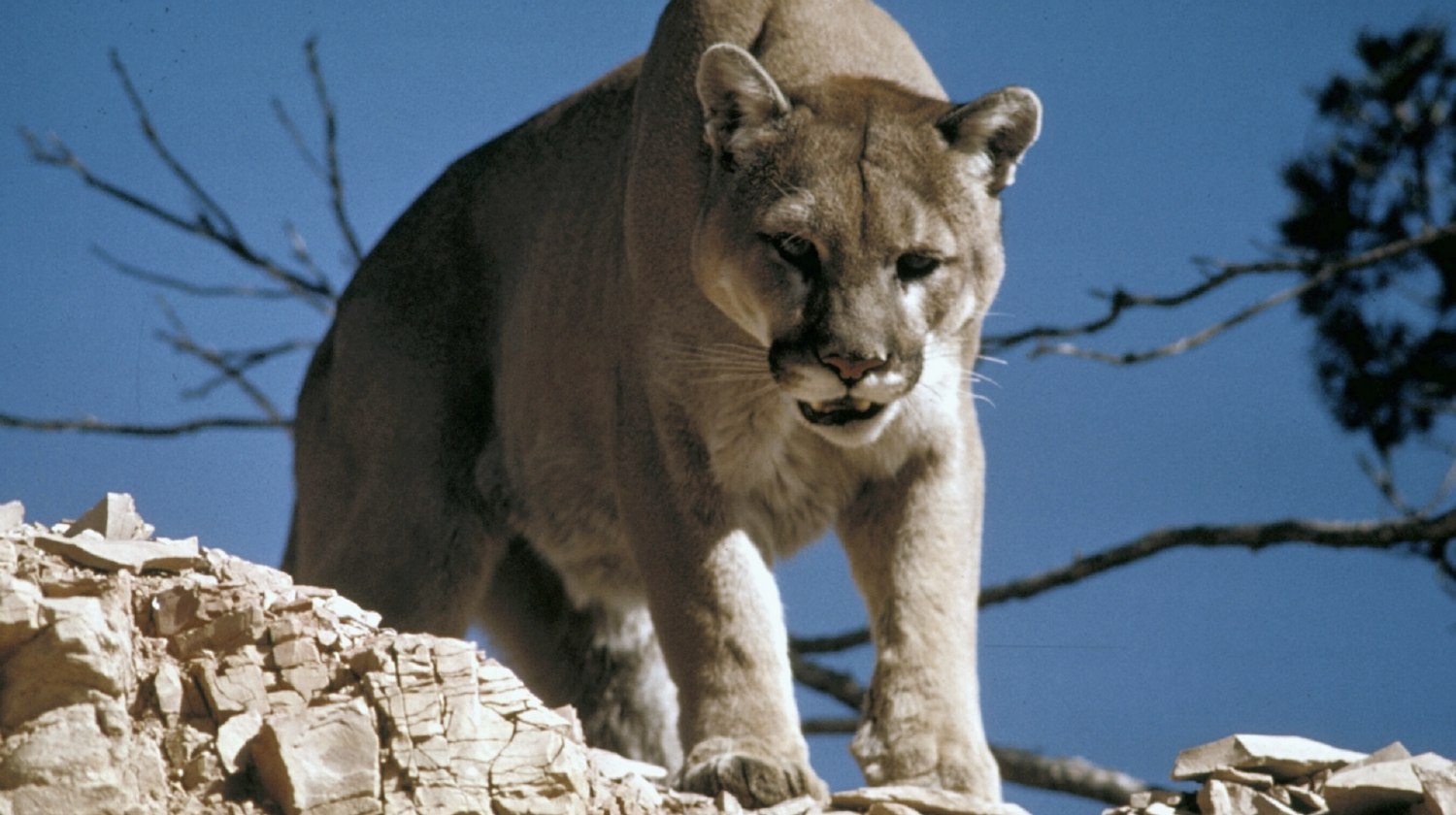
Meet the 7 unsurprisingly most dangerous animals in North America, learn as much about them, and avoid or survive an actual encounter!
RELATED: How To Survive Animal Attacks
How to Survive These 7 Most Dangerous Animals
1. American Alligator
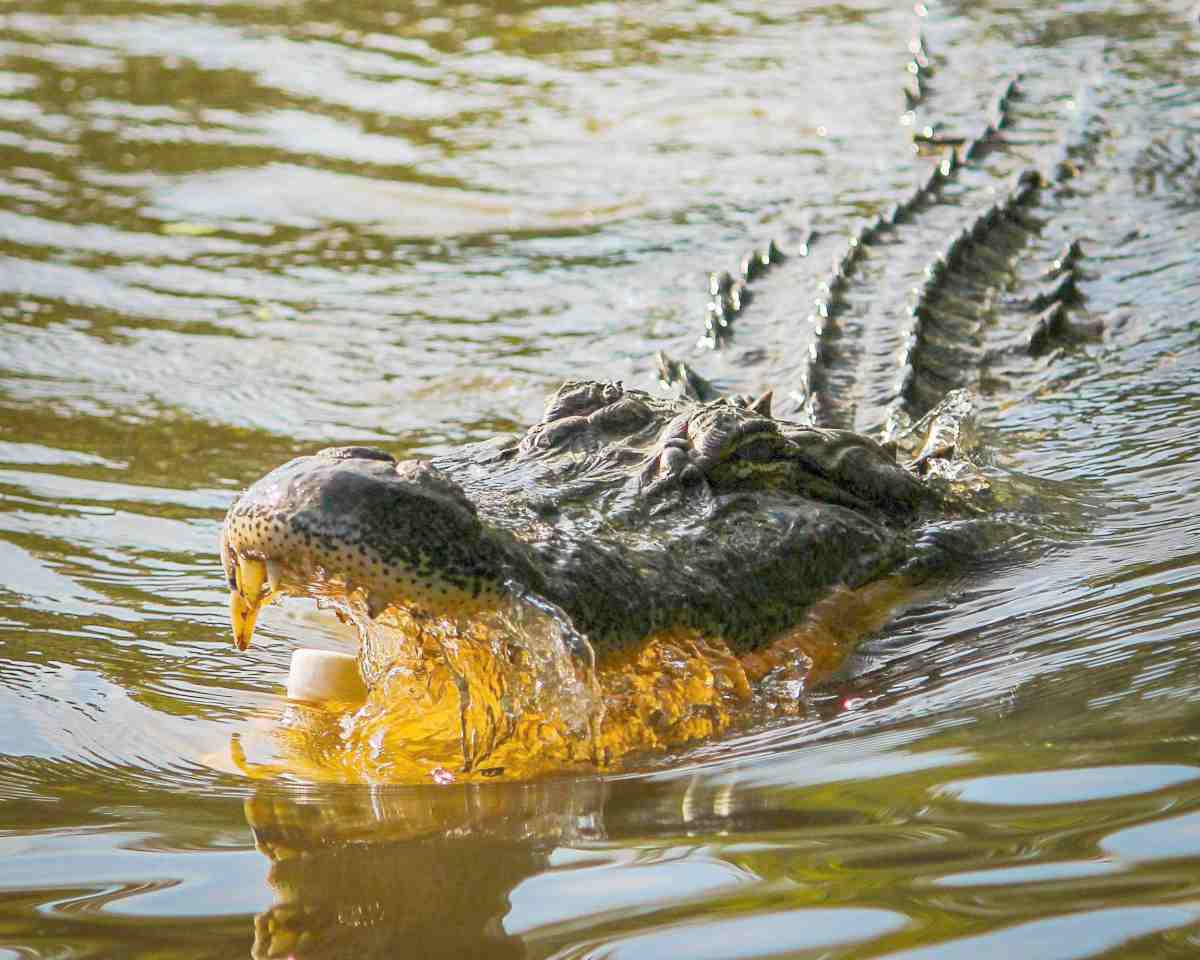
By now, we’ve all heard the sad story of the little boy who was killed by an alligator at Disney World in Florida in 2016.
In the past year alone, alligators have killed more than 5 people in the US — three of them in Florida, only months apart. Thus, making them one of America’s most dangerous animals.
Their strong jaws, sharp teeth and ability to move about stealthily make them fierce killing machines.
Where They’re Found: In the southern U.S., from North Carolina all the way to the Rio Grande in Texas. Typically found in slow-moving rivers, swamps, marshes, and lakes.
What They Eat: Alligators are carnivores and feed mainly on fish, snails and other invertebrates, birds, frogs and mammals near the water’s edge.
What To Do If You Encounter One: To avoid an alligator attack, stay away from the water at dusk and nightfall when they are most aggressive. Keep children and pets away from the water’s edge, as the sound of the movement of small animals attracts alligators.
If you see an alligator, remain calm and leave the area slowly. Sudden, panicked movements put the animal in attack mode. However, if an alligator does begin to chase you, RUN AWAY in a straight line.
2. Arizona Bark Scorpion
[instagram url=https://www.instagram.com/p/le581OOjeG/ hidecaption=true width=625]
The Arizona bark scorpion is one of the most deadly arachnids on planet Earth, making it one of North America’s most dangerous animals. The venom is similar to that of a venomous snake.
A bite from this scorpion will cause numbness, tingling, extreme pain and possibly convulsions and immobility in certain body parts. In extreme cases, a sting can lead to paralysis, frothing at the mouth, trouble breathing and confusion.
The good news is, most healthy adults have a good chance of surviving a bark scorpion sting. Children, pets, the elderly and those with compromised immune systems are most at risk of paralysis or death from a sting.
Where They’re Found: The southwestern U.S. and northern Mexico, particularly the Sonoran desert.
What They Eat: Roaches, beetles and crickets.
What To Do If You Encounter One: Due to their hard exoskeleton, bark scorpions are difficult to kill. They are also very aggressive, and likely to attack when threatened.
If you encounter one in the wild, don’t try to kill it — simply vacate the area as quickly as possible. If you find a scorpion in your house, you can try to trap it and release it outside.
You can also try to seal off the room until you are able to have pest control spray your house. Most normal bug sprays will not affect scorpions.
3. Cougar/Mountain Lion
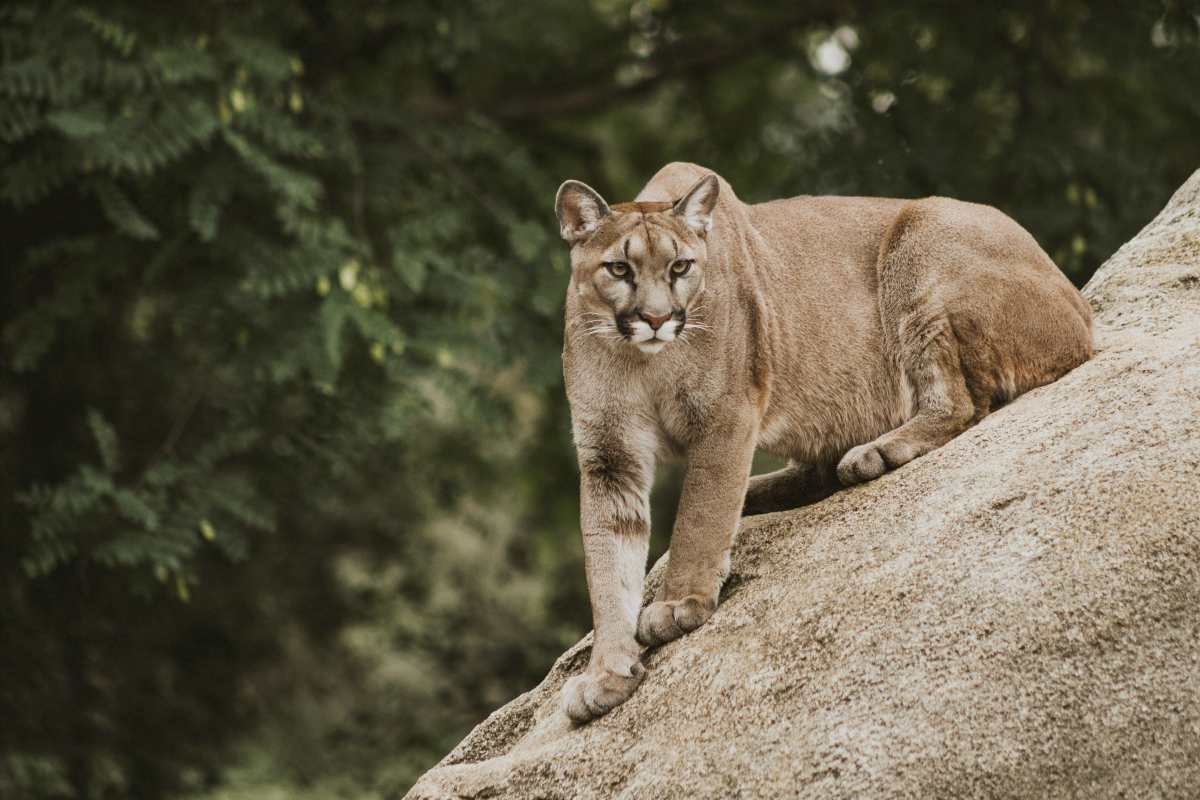
Mountain lions are fierce predators and move almost silently, making an attack hard to anticipate. Exercise extreme caution when hiking or biking through mountainous areas to avoid this dangerous animal.
Where They’re Found: Mountain lions are mainly found in the western United States and Canada, but in recent years there have been sightings in the midwest and the eastern US as well.
What They Eat: Cougars are carnivores, eating mostly large prey such as deer and elk.
What To Do If You Encounter One: If you encounter a mountain lion which does not run away, make noise. Speak loudly and firmly, and raise your arms to make yourself look larger.
If you are holding something you don’t mind letting go of (like a water bottle), throw it at the animal. DO NOT bend down to pick up a rock or stick to throw – this may trigger a pounce response.
Keep your eyes on the animal at all times and retreat slowly. Do not run or turn your back on the animal, as this will trigger a predatory response.
Keep children and pets close to your side, not in front of or behind you. If attacked, fight back; humans effectively fight off cougars using sticks, stones and even just their hands.
RELATED: 10 Remarkable Facts About Mountain Lions
4. Bears
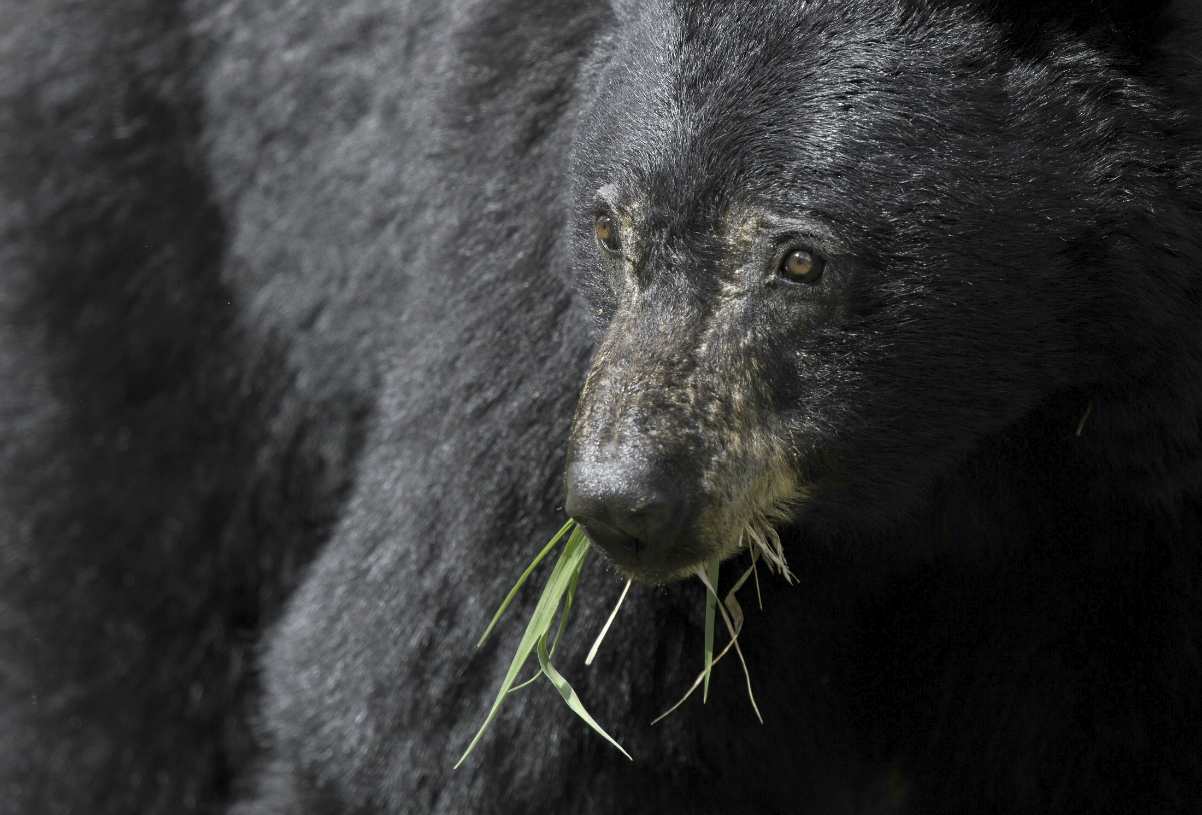
Bear attacks kill three people in the US every year and leave many more maimed or injured making them one of the most dangerous animals. Black bears cause the most fatalities, followed closely by grizzlies.
Where They’re Found: Black and grizzly bears live all over North America, particularly the northwest, while polar bears live in Alaska and Canada.
What They Eat: Black bears are omnivores, feasting mainly on fruits and vegetation, but occasionally fish and other meat as well. Grizzly bears eat fish, deer, elk, moose, and bison, along with fruits and vegetation like their cousins.
What To Do If You Encounter One: I recommend carrying a bear repellant as a back up with you if you know bears are in the area. But, should you encounter a bear, speak in a calm, appeasing but steady tone.
Walk — DON’T RUN — and keep your eye on the bear so you can see how it reacts. Remove yourself from the area as quickly as you can without running or making a commotion.
DO NOT climb a tree. Need more advice on what to do if you an encounter a bear? Check out these 12 tips on how to survive.
5. American Bison
[instagram url=https://www.instagram.com/p/B1sIAilgAnm/ hidecaption=true width=625]
The “bison selfie” has become popular in Yellowstone Park, much to the dismay of park rangers. Getting up-close and personal with one of America’s most dangerous animals is not a good idea.
These animals like their space and show aggression when they perceive a threat. Females with young are especially dangerous.
Where They’re Found: According to Wikipedia, American bison live in river valleys, and on prairies and plains. Some lightly wooded areas are also known historically to have supported bison.
Bison also graze in hilly or mountainous areas where the slopes are not steep. Though not particularly known as high-altitude animals, bison in the Yellowstone Park herd frequently live at elevations above 8,000 feet.
The Henry Mountains bison herd lives on the plains around the Henry Mountains, Utah, as well as in mountain valleys of the Henry Mountains up to an altitude of 10,000 feet.
What They Eat: Bison are herbivores, feeding mainly on grass and occasionally shrubbery. In the winter, they will forage for grass under snow, or if none is available, eat the twigs of shrubs.
What To Do If You Encounter One: It’s best to keep a distance of at least 100 meters (about the size of a football field) between yourself and the bison at all times. As with other large animals we’ve discussed, don’t move too quickly; instead, retreat at a slow, steady pace.
Keep dogs on a leash at all times in a bison habitat. If you encounter bison while driving, drive slowly, and they will eventually move.
Don’t honk, become impatient or drive too quickly; bison attacks on vehicles are rare, but they do happen.
6. Great White Shark
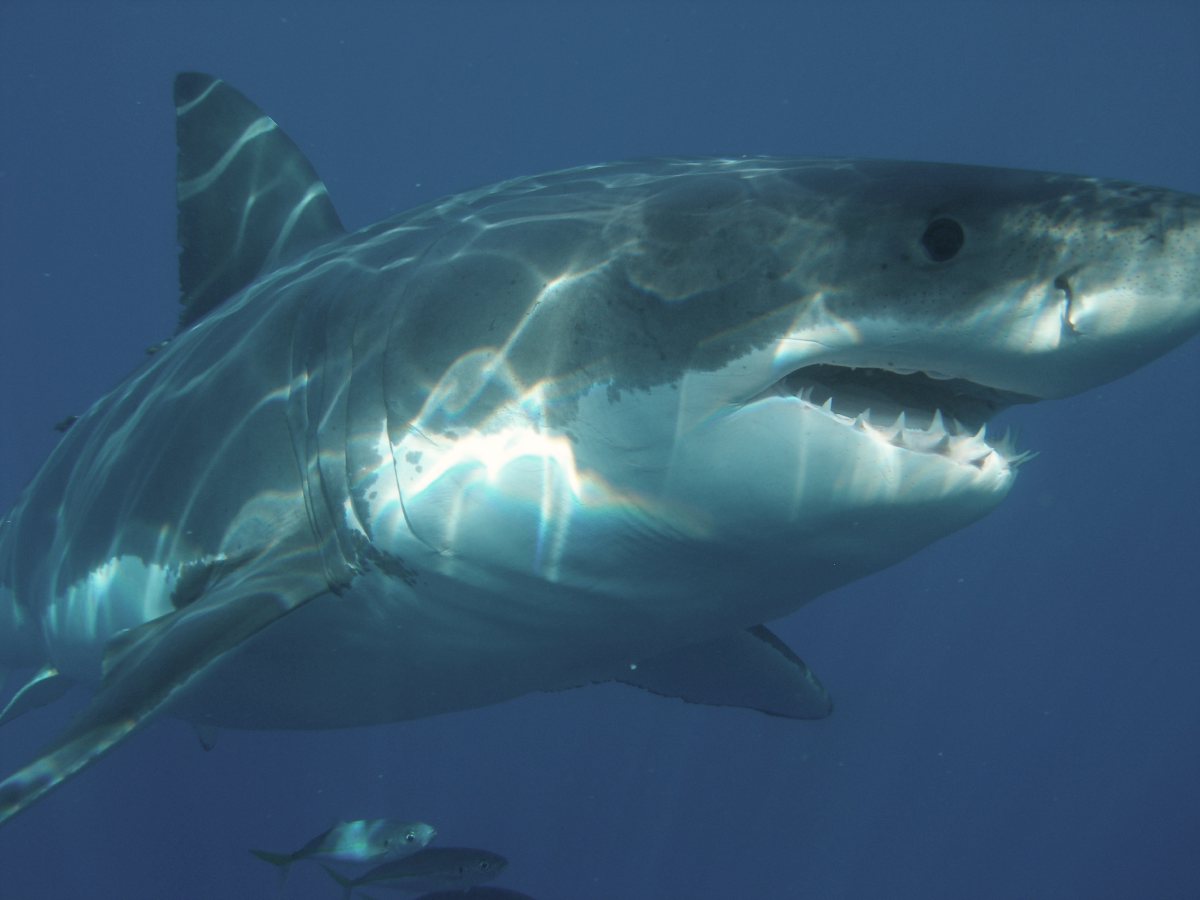
The movie “Jaws” made an entire generation afraid to get in the water explaining why sharks are one of nature’s most dangerous animals. Sharks attack around 20 people in the US every year, with an average of one of those attacks being fatal.
Might seem like good odds… until it happens to you.
Where They’re Found: Sharks are found in warm coastal waters all over the world. In the U.S., they’re most common in the northeast and off the coast of California.
What They Eat: Great white sharks are carnivores and do not chew their food, but swallow it whole. They eat fish, rays, other sharks, small toothed whales (such as belugas), otters, sea turtles, sea lions, and seals.
What To Do If You Encounter One: Like alligators, sharks are attracted to movement and sound. If you see one, stay calm and avoid splashing in the water.
Slowly and carefully swim to shore, making as little noise as possible.
7. Snakes
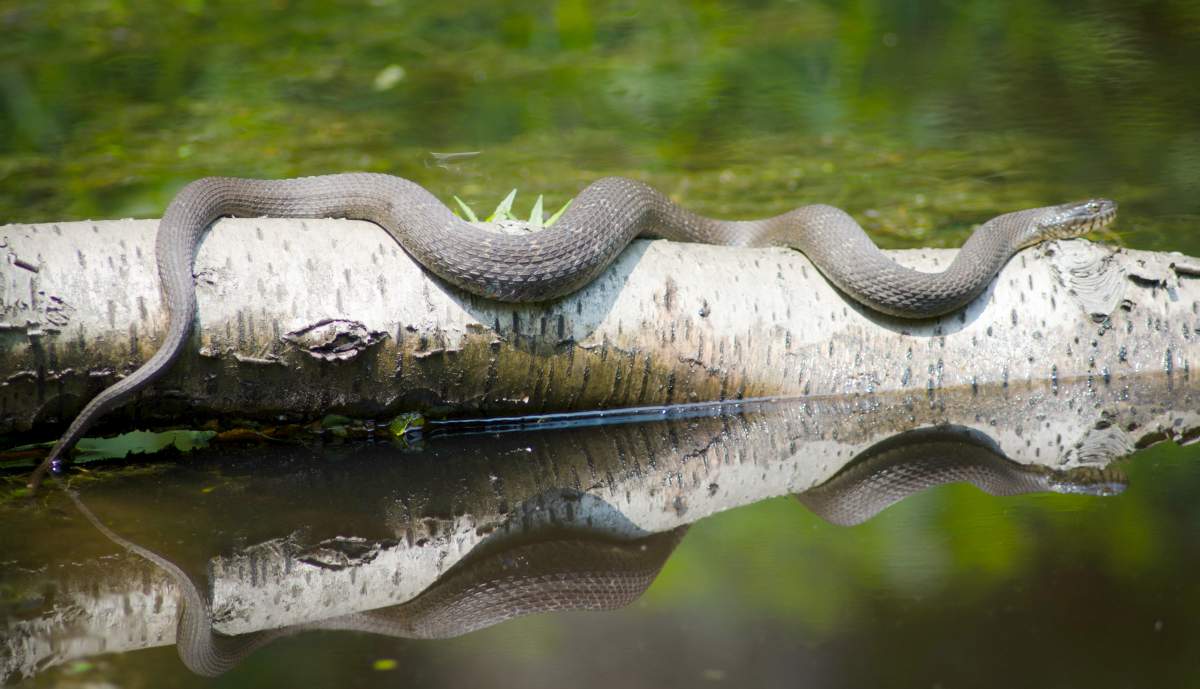
Venomous snakes bite around 8,000 people in the US every year, with 5 or 6 of those bites ending in fatalities. Click here for our list of the most venomous snakes in North America.
Where They’re Found: Venomous snakes live in every state in the U.S., with the exception of Alaska. They are most common in the southwestern and southern U.S.
What They Eat: Snakes generally feast on smaller mammals like rats and mice, but they also eat larger animals such as goats, chickens, and other birds, rabbits, toads and frogs, lizards and even other snakes.
What To Do If You Encounter One: Most snakes do not attack unless provoked, so if you come across one in the wild or in your yard, do your best to just let it be. They generally escape to the nearest cover, so try not to be between the snake and any cover such as a shrub or bush.
If you want to shoo the snake from your yard, gently spray it with a water hose.
Watch his video from Survival Life for the 7 Most Dangerous Animals in North America:
Man vs. nature. It’s a story as old as time itself. Despite all of our advanced technology and highly evolved survival skills, we’re no match for some of nature’s most dangerous animals.
Now you know where these animals live, what they eat and what to do if you encounter one of them. As always, stay prepared, and be safe out there!
Have you had an encounter with one of these deadly animals? What did you do? Tell us about it in the comments!
Up Next:
- Yosemite National Park Camping | Survival Life National Park Series
- How To Identify & Stop The 8 Top Predators That Prowl Your Homestead
- Beach Animals To Watch Out For When On Vacation
Follow us on Facebook, Instagram, Twitter, Pinterest, and Tumblr!
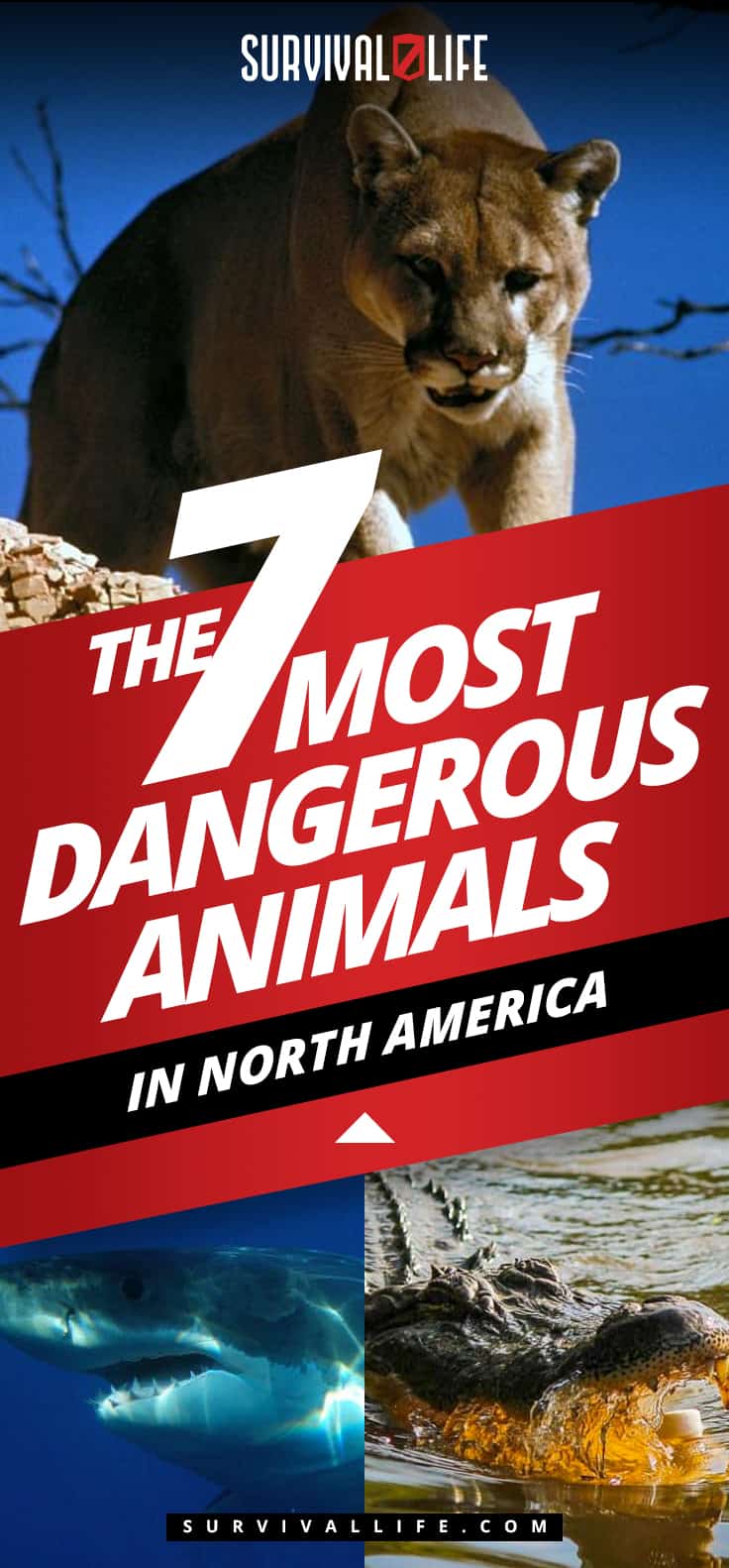
Editor’s Note: This post was originally published on January 17, 2017, and has been updated for quality and relevancy.
-

 Do It Yourself7 months ago
Do It Yourself7 months agoParacord Projects | 36 Cool Paracord Ideas For Your Paracord Survival Projects
-

 Do It Yourself9 months ago
Do It Yourself9 months agoHow To Make Paracord Survival Bracelets | DIY Survival Prepping
-

 Do It Yourself9 months ago
Do It Yourself9 months ago21 Home Remedies For Toothache Pain Relief
-

 Do It Yourself10 months ago
Do It Yourself10 months agoSurvival DIY: How To Melt Aluminum Cans For Casting
-

 Exports8 months ago
Exports8 months agoAre Switchblades Legal? Knife Laws By State



Jodi Y
September 9, 2016 at 5:56 PM
You’ll have to forgive me, but I don’t trap & release scorpions. When I find them in my house, there is only one outcome. I don’t care how many insects they eat, they are a useless species & need to go. My sister was stung once, in her bed, & she had to be rushed to the ER because she started having trouble breathing. She said the pain was excruciating.
Otto
September 9, 2016 at 7:24 PM
Please note that alligators can move very quickly but, because of their cantileveric leg suspension, cannot TURN quickly. So, when running away from an alligator, run at RIGHT ANGLES to their path, NOT directly away from them. An alligator did chase me once, before I learned this, but the gator had one front leg chewed off- probably by another gator in a mating battle- so I lucked out and escaped.
Terry Smith
September 9, 2016 at 9:33 PM
I have been within 20 feet of over 30 black bears and 2 grizzly …. never killed a bear … didn’t need to … one instance can explain it all … I was hiking in the high tundra of Colorado … heard a commotion over a rise … went over and ran into about a 350 lb black bear that was cinnamon colored … he was just tossing 12 inch diameter trees around for fun …. they were live growing trees … and he just pulled them up and threw them …. when he realized that i was there … we both noticed that the other was too close … he went down on all 4 …. looked at me … I told him in an voice of authority … to leave and we will each go our way ….. not running … not losing his gaze till he looked away .. he ambled over the rise and I continued on my way ….. they don’t want to attack humans …if possible
face them …. if you choose to leave go at an angle away from them never turning your back on them if they come at you … raise your hands over your head and scream loud and intimidating ,,,, the grizzly will stand on his hind legs … that is for intimidation .. if you don’t buckle and run … he will leave … the black will be on all 4 … if he starts bobbing his head .. he is thinking of attacking … that is time to tell him loud with out fear … to leave ….so far all the bears i have come up on have done as the one i told you about ….. they have left ….. that is 32 bears that have done as i have stated …. but i am not an expert … just spent a lot of time in woods … a cougar on other hand don’t stare in their eyes …. look lower on their chest … and other than that do bout the same as with a bear …. only been close to 6 cougar …
…
Terri S
September 26, 2019 at 6:26 AM
The backing at an angle is probably why I am still here. Talk in a calm voice as you are backing away at an angle. If a bear is on a kill… LEAVE . Make noise in the woods and most bears will leave. Normally adult bears will go their own ways, Some young bears will tail you trying to figure out what you are (ie. edible?), so be aware. And on fish filled waters be extra careful stay out of alder thickets, you won’t get a rifle up in time.
Larry
September 10, 2016 at 1:28 AM
No mention of wolverines here. Do they get an “honorable mention?”
Bob
September 10, 2016 at 5:35 AM
As for the wolverine, you should not try to challenge, threaten, or attack them. They reportedly will
stand their ground or fiercely counter-attack. They can release an offensive scent similar to that of a skunk–for which reason they are called “skunk-bears” by some indigenous peoples. It’s best to keep your distance. They can travel long distances (up to 18 miles per night) and are opportunistic omnivores and would not hesitate to consider you part of their menu. It would be best not to hassle them.
Lisa Gove
September 10, 2016 at 11:34 AM
the shark has to be completely redone. that isn’t the most dangerous species and the info on how to scare one away is completely wrong.
time to do some more research,.
Yosemite
September 26, 2019 at 10:23 PM
I HIGHLY AGREE!
Great Whites have been tracked down the Eastern Seaboard as far South off the Florida Atlantic Coast.
In all reality The Bull Shark is most likely the culprit in a large number of attacks that have been blamed on Great Whites. The Bull Shark is Highly aggressive and s known to swim up rivers into fresh water including swimming far inland up the Mississippi River and rivers in Africa. AVOID swimming or being in the water at Dawn and Dusk! Sharks are all around people on beaches. One can easily see them up close to people that never enough know or have a clue the sharks are there!
There are well over 300 KNOWN species of sharks…..Roughly 40 or so species are known to attack humans and those attacks can be broken down into PROVOKED and UNPROVOKED attacks and or MISTAKEN Identity. I have dove with Nurse Sharks and petted them and even kissed one of them. Sharks show signs of becoming agitated and one MUST watch out for them and pay attention at all times. Be-careful of petting or grabbing any shark. Their skin is like sand paper .
In all honesty sharks have much more reason to fear humans than humans do of sharks. Sharks are rapidly becoming endangered from Long Liners catching them and cutting their fins off and tossing them back into the oceans. Sharks have their place and role they play in the oceans. They are not Evil creatures. Some can be deadly there is no doubt of that. The damage they can do with one bite and the shake and ripping of flesh can often cause massive blood loss, tissue damage and perhaps loss of a limb or limbs. They can and will eat anything the they think
is potentially editable.
As for most dangerous critter in the oceans the Great White is down the list…The Bull Shark The Portuguese Man of War, and The Box Jellyfish in Australasian Waters take your pick of how you would rank them.
Scorpions STING THEY DO NOT BITE! The sting feels like a hot charcoal or a lit cigar being pushed into your flesh. It is instantaneous and painful. Immediately putting ice on it will bring immediate relief.
In the case of Scorpions the small white clear ones and I can not recall the species correct name but the are WHITE or a clear type color. the can take you out of this World and send you to the next one. IF you are stung by one seek immediate Medical treatment.
The big ones sting and hurt like Hell but in the vast majority of cases and maybe some swelling…that is about it.
No mention of the Recluse Spiders surprises me.
Copperhead Snake venom is among the weakest of North American venomous snakes often in a snake bite the snake does not release/inject venom if the strike and bite only once. One usually only gets the residual venom on the fangs.
The Coral snake has a neurotoxin type venom similar Cobra venom and is the most deadliest snake native to North America. Thankfully it is usually a pretty docile snake with a mild temperament. It has very short fangs and cannot bite you on a flat surface example…the palm of your hand.. but it can bite on or between your fingers and toesfor example.
There is the Mohave Rattlesnake that has a unique venom so I have been told that the bite victim has the symptoms of both types of venom.
There are Two venmous lizards that have a nerotoxin venom. The Gila Monster and the Saguaro Banded Desert Lizard.
A GENERAL RULE of THUMB and that is all it is……
Is that if you see snakes there are no alligators in the area……..
AND
….IF you do not see any snakes is a sign Alligators ARE IN
the area. Alligators eat snakes to and they do like to eat dogs!
In General alligators are shy creatures unless humans have been feeding
them.
“MaMa Gator” will not tolerate anyone messing with her nest.
Alligators are extremely fast on land and can out run Racehorses
over short distances. Running at Right angles because the cannot
turn easily
One has to watch out for their tail because they can hip it around
and knock you down and possibly break bones if they make contact
with you body with it.
The Alligator has all the power in the world so to speak in closing it’s
jaws ….But one can hold it’s mouth closed with one hand and tape it’s
mouth/ jaws shut….but the tail cannot be forgotten as a weapon or their
Paws and Claws!
Pingback: Todd Orr: The Remarkable Man Who Survived a Bear Attack | Survival Life
Pingback: Todd Orr: The Remarkable Man Who Survived a Bear Attack « Survivalist
Pingback: How to Maximize Camouflage Concealment | Survival Life
Pingback: Wild Animal Attacks | What To Do When Attacked By Ferocious Beasts
Pingback: How To Create A Dug Out Survival Shelter | Survival Life
Mark A Rogers
September 26, 2019 at 6:06 AM
What about humans? We kill more of our own then any other animal!!!
Dorlis Lee Grote
September 26, 2019 at 7:52 AM
YES and we do it for greed, anger. animals only kill when threatened or their young are with them or hungry. I have been 100 yards from a cougar when getting mail, just stand there talking to him, he goes his way. This year every 3 or 4 weeks he has been coming onto my deck for a nap in the sun. He comes up looks around and lays down. I think Clyde feels safe and that is why he comes up, usually stays for an hour then goes down the steps and on his way.
Pingback: Americans Don’t Have The Stomach For It [PODCAST] – The Self-Sufficient Life
Pingback: Americans Don’t Have The Stomach For It [PODCAST] – Bulletproof Survivors
Pingback: Americans Don’t Have The Stomach For It [PODCAST] – Sprent Brass